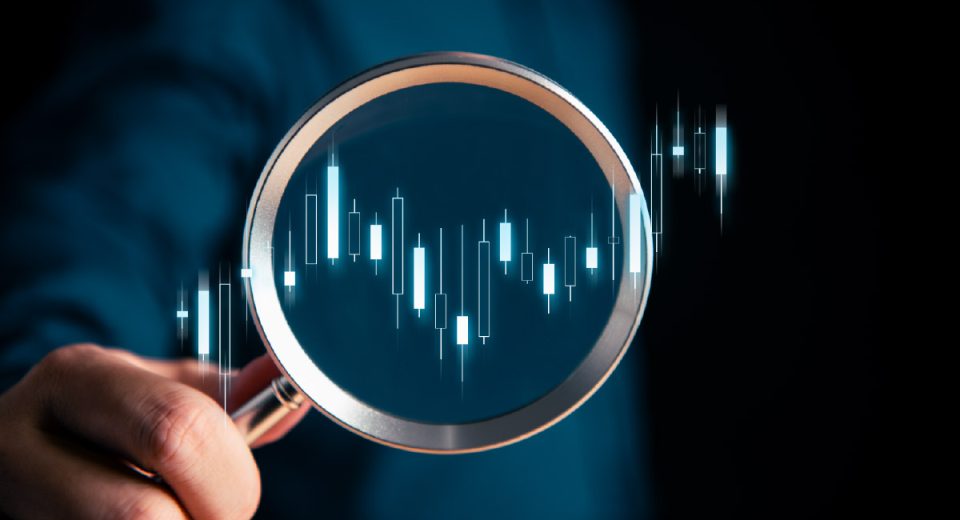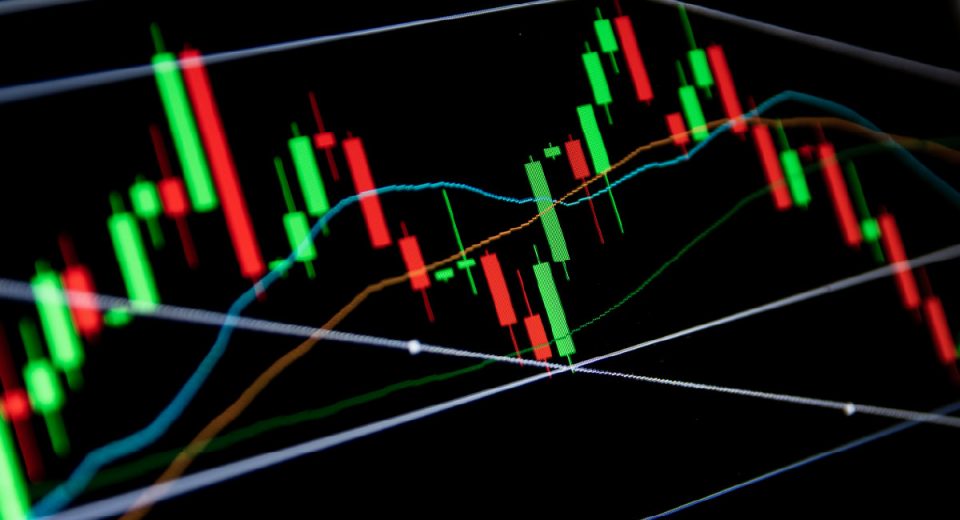Too Much Market Noise? Learn About These Charts and Indicators

In April 2025, US President Donald Trump’s threat to impose tariffs on various countries led to heightened volatility in the global financial markets. The popular VIX volatility index surged to its highest levels since the pandemic hit in March 2020. This was a great time for scalpers, as they seek to take advantage of very small price movements. For day traders, however, this resulted in so much market noise that many moved to the sidelines, switching to mere spectators from active participants.
The next time there is such market noise, you may not need to run for cover. The first thing to remember is that rapid price movements need not be random. Although steep price fluctuations make it difficult to identify patterns, it is possible to filter out this noise and uncover the underlying trend. There are some strategies that can help you make better decisions and avoid false signals during periods of high market volatility.
Charts to Filter Out Market Noise
Some chart types can help you ignore the smaller price movements and focus on the larger pattern.
Renko Charts
The most popularly used candlestick charts use time-based intervals. Renko charts do not. These depict price movements in the form of bricks (or boxes) and these bricks are created only when the price moves by a predefined amount. By doing so, Renko charts filter out minor price fluctuations.
These charts help you to focus on:
- Price movements alone, ignoring the time taken.
- Larger price movements, ignoring the smaller fluctuations.
Heiken Ashi Charts
These charts look like the familiar candlestick charts. The difference is that they are based on the average of the previous candle. Using averages instead of the latest price smoothens out the price action. Removing some of the market noise helps spot trends and reversals.
Remember, Heiken Ashi charts have limitations:
- They don’t reflect real-time prices, which is why they are typically used together with candlestick charts.
- They are not meant for range-bound markets.
- They are less useful when price movements are erratic.
Kagi Charts
Like Renko charts, Kagi charts also do not consider time and solely plot out price movements. The charts use vertical lines to depict the direction of price movements. Here, thick lines show bullish movements and thin lines indicate bearish movements.
These charts create new lines when the price hits a new high or low. This makes it easier to identify trends and reversals.
Indicators That Filter Out Market Noise
If you are most comfortable with candlestick charts and find it confusing to use other charts, there are some indicators that can help you cut out market noise.
You may already be familiar with Moving Averages (MAs), Exponential Moving Averages (EMAs) and Moving Average Convergence Divergence (MACD). The good news is that these easy-to-use indicators can help you make trading decisions during periods of high volatility. MAs smooth out price data by averaging it over a specific period. During higher market volatility, you can use MAs with longer timeframes, like the 200-period MA. EMAs give more weightage to the latest prices. This helps you respond better to current price fluctuations, while still focusing on a smoothed chart.
MACD is a momentum indicator. It shows the relationship between two moving averages. This helps to spot:
- trend direction
- shift in momentum
- potential entry and exit points
Let’s look at some indicators that are not very commonly used but are good tools when trading amid high market volatility.
Average Directional Index (ADX) is used to measure the strength of a trend. A rising line shows a strengthening trend, and a declining one depicts a weakening trend. A relatively horizontal line shows market noise, or price movements that are not based on any trend. This way, ADX helps you differentiate between trends and noise in a very simple way.
There are two volume indicators, On-Balance Volume (OBV) and Accumulation/Distribution Line (A/D), that help you confirm trends and spot divergences. When an OBV or A/D rises along with a rise in price, it confirms an uptrend. If the indicator declines and the price falls, it confirms a downtrend. What does a divergence show? If the price is rising to new highs but the volume indicator is declining, it signals a potential reversal.
Tip: Avoid relying on one indicator. You can use a combination of trend, volume and momentum indicators to understand price movements better and reduce false positives.
What Else Can You Do to Trade During Market Volatility
Apart from using specific charts and indicators, there are a few more things you can do.
Use Higher Timeframes: Instead of checking minute or hour charts, it is better to shift to daily or weekly charts during periods of high market volatility. This helps you zoom out of intraday fluctuations to reduce market noise and focus on the larger trend.
Understand Market Context: You can even try analysing multiple timeframes. It will help provide context. What is equally important is to stay abreast of news, economic data releases, and geopolitical events. This will help you predict how the market may respond to a particular development.
Consider Contracts for Difference (CFDs): These present opportunities in both rising and falling markets. So, you don’t need to wait for an uptrend.
Manage Risk More Diligently: Risk management is always important, more so when markets are highly volatile. Don’t forget to set up stop-loss and take-profit levels.
Using a combination of charts, indicators, timeframes and risk management techniques helps lower the impact of market noise and improve the clarity of trading signals.
To Sum Up
- Periods of high price volatility can be overwhelming for new traders.
- When there is high market noise, you need to change your trading approach slightly.
- Using charts like Renko, Heiken Ashi and Kagi can smoothen out market noise.
- Indicators like MAs, MACD, ADX, OBV and A/D can also help identify the broader market trend.
- Higher timeframe charts, CFDs, and staying abreast of news can also help.
- Risk management is very important during such times.
Disclaimer:
All data, information and materials are published and provided “as is” solely for informational purposes only, and is not intended nor should be considered, in any way, as investment advice, recommendations, and/or suggestions for performing any actions with financial instruments. The information and opinions presented do not take into account any particular individual’s investment objectives, financial situation or needs, and hence does not constitute as an advice or a recommendation with respect to any investment product. All investors should seek advice from certified financial advisors based on their unique situation before making any investment decisions in accordance to their personal risk appetite. Blackwell Global endeavors to ensure that the information provided is complete and correct, but make no representation as to the actuality, accuracy or completeness of the information. Information, data and opinions may change without notice and Blackwell Global is not obliged to update on the changes. The opinions and views expressed are solely those of the authors and analysts and do not necessarily represent that of Blackwell Global or its management, shareholders, and affiliates. Any projections or views of the market provided may not prove to be accurate. Past performance is not necessarily an indicative of future performance. Blackwell Global assumes no liability for any loss arising directly or indirectly from use of or reliance on such information here in contained. Reproduction of this information, in whole or in part, is not permitted.




